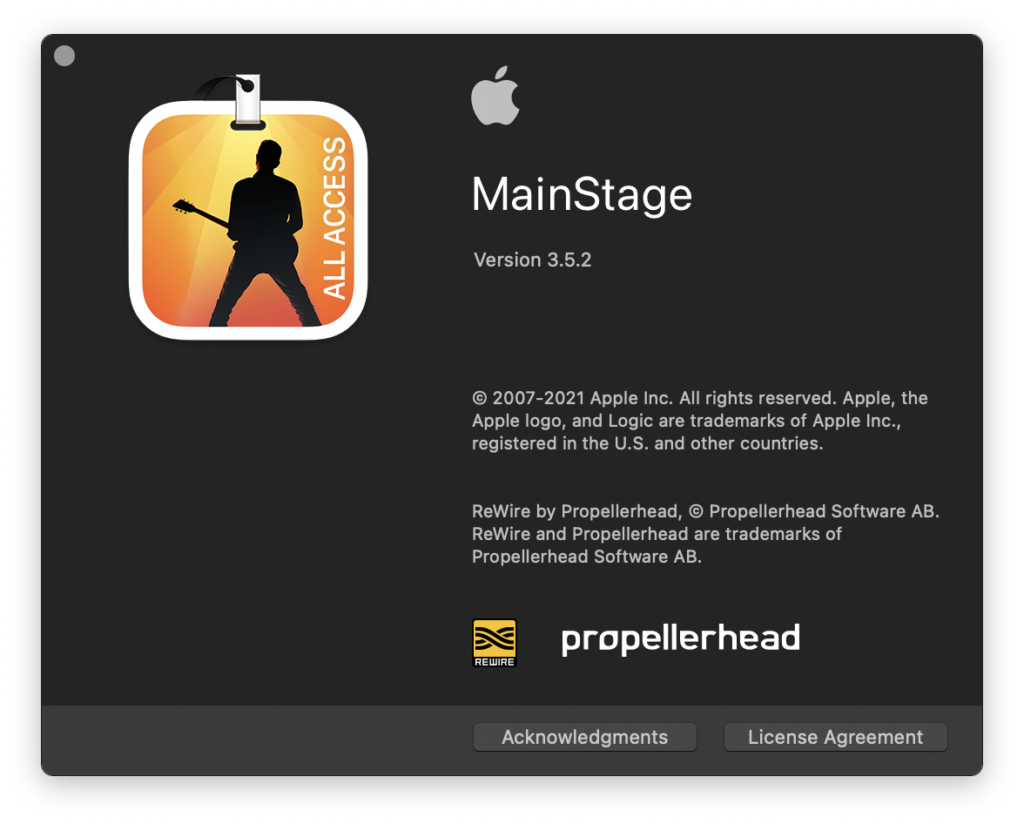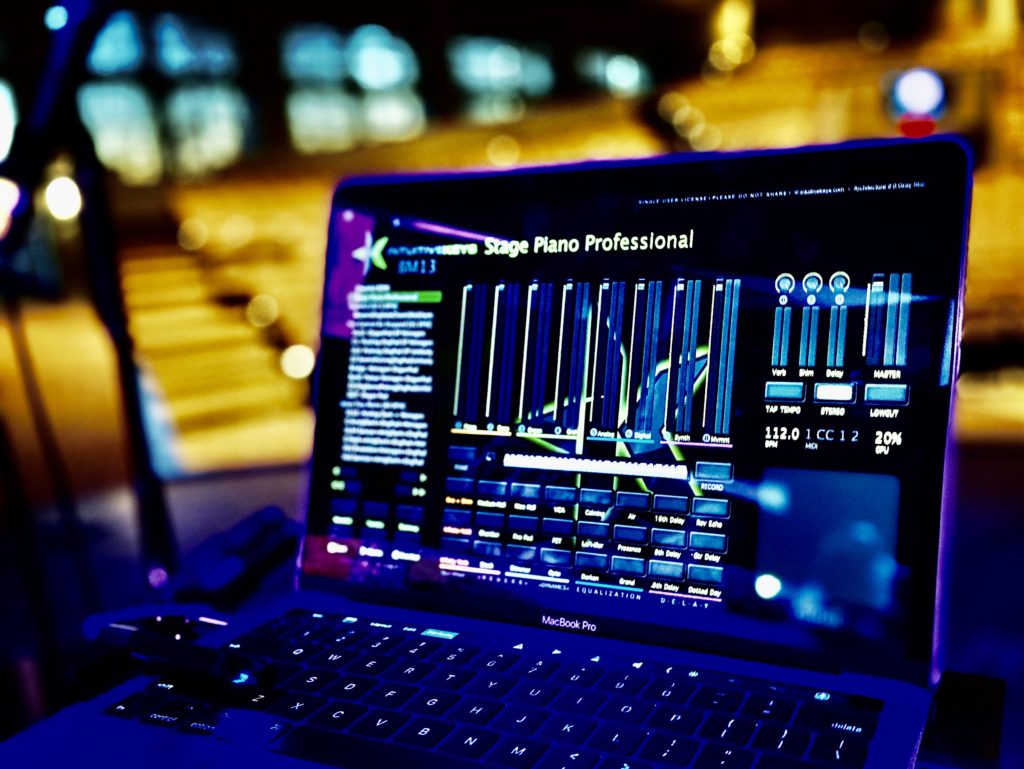
The “Shimmer” in the title refers to the classic shimmer effect, as used by U2, Brian Eno, Daniel Lanois, Coldplay, etc. Its awesome to go to a game studio like Ubisoft and see everyone using.ValhallaShimmer was designed to get a variety of big reverb sounds, with the option of adding pitch shifted feedback to the decay. All of the sliders have been designed to be tweaked in real time and have a smoothed response to avoid clicks when changing settings or automating the controls.When it comes to Logic, I am extremely lucky to be in touch with Apple directly. ValhallaShimmer is an algorithmic reverb designed for BIG sounds, from concert halls to the Taj Mahal to the Halls of Valhalla.
FADER 4 : Big Synth: Key Range D2-A3 Fat and bright analog stye synth pad. Send 3 to 1/4 Delay, Send 4 to 1/8 Delay. Send 1 to Shimmer Verb, Send 2 to Plate Reverb.

You are invited ValhallaShimmer is an algorithmic reverb designed for BIG. Set the Feedback control for the desired amount of pitch shift in the output signal, and then use the Size control to dial in the decay.Come with uncle and hear all proper Hear angel trumpets and devil trombones. Other example: Heard at 1:15 and better at 5:18 Octoverb could work fine but is not the same, is similar. Helix hasnt any delay with this options. And easy shimmer is 100ms +1octave 200ms +2octaves, then you can add a filter and a reverb.
The singleReverse and dualReverse pitch shift modes are much smoother, and are better for organ-esque sounds. This is better for emulating the orchestral sounds as heard in “Deep Blue Day.” The single and dual pitch shift modes have more noisiness in their decay. The different pitch shift modes have different levels of “smoothness”: If you set Diffusion < 0.5, it will sound closer to a pitch shifted echo, which is another cool sound. Diffusion works best at around 0.9 for reverberant sounds.
I have an SE-50, but it is in a box somewhere. Set the modDepth control to a fairly low value at first, as the pitch shifting provides its own random modulation to the signal.I don’t have an SE-70. This produces a natural roll-off of high frequencies, which eliminates almost all of the aliasing noise in the feedback path of the pitch shifter.
Playing with the filter resonance was also fun. The best sound was obtained by putting a Moog Rogue in the feedback loop, using the filter and VCA to control the total amount of feedback through the system, and mixing in oscillator pitches as needed to get the initial pitches going. This can go unstable, but the original Eno/Lanois patch ran that risk anyway.I used to run my SE-50 in pitch shift mode into a Boss RV-3 pedal, and run one of the outputs of the RV-3 back into the SE-50. The best bet would be to use a pitch shifter without feedback running into a reverb, run one of the outputs into a mixer, and then feed the output of the mixer channel into one of the SE-70 inputs.



 0 kommentar(er)
0 kommentar(er)
